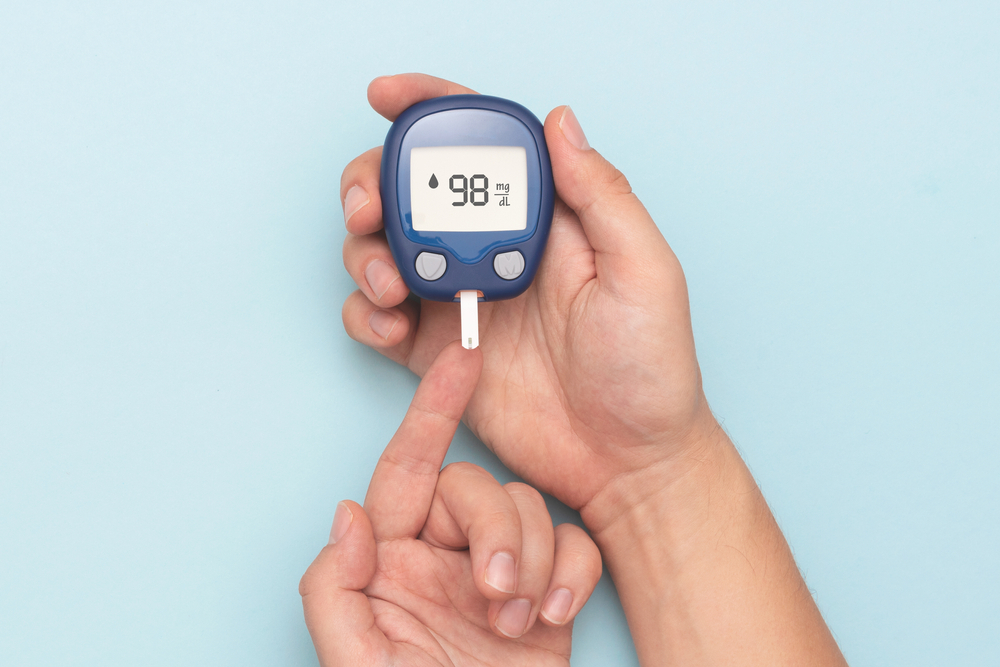The Power of Movement: Exercise for Effective Diabetes Management

The Power of Movement: Exercise for Effective Diabetes Management
Exercise is a powerful tool for managing diabetes. It can help improve insulin sensitivity, lower blood sugar levels, and enhance overall well-being. In this blog, we’ll explore the benefits of regular physical activity and provide practical tips for incorporating exercise into your diabetes management plan.
The Benefits of Exercise for Diabetes
Engaging in regular physical activity offers numerous advantages for individuals with diabetes:
1. Improved Insulin Sensitivity:
Exercise helps your cells use insulin more effectively, which can lead to better blood sugar control.
2. Blood Sugar Regulation:
Physical activity can lower blood sugar levels and reduce the need for insulin or other diabetes medications.
3. Weight Management:
Exercise contributes to weight loss or maintenance, which is crucial for managing Type 2 diabetes.
4. Cardiovascular Health:
Exercise reduces the risk of heart disease, a common complication of diabetes.
5. Enhanced Mood:
Physical activity stimulates the release of endorphins, improving mood and reducing stress.
6. Increased Energy Levels:
Regular exercise can boost your energy levels and reduce fatigue.
7. Better Sleep:
Exercise can improve sleep quality, helping you feel more rested.
Types of Exercise for Diabetes Management
1. Aerobic Exercise:
Aerobic activities like walking, jogging, swimming, and cycling increase your heart rate and improve cardiovascular health.
2. Strength Training:
Strength training exercises with weights or resistance bands build muscle, enhance metabolism, and improve blood sugar control.
3. Flexibility and Balance:
Yoga and tai chi improve flexibility, balance, and overall well-being.
Exercise Guidelines for Diabetes Management
Before starting an exercise routine, consider these guidelines:
1. Consult Your Healthcare Provider:
Speak with your healthcare provider before beginning any exercise program, especially if you have existing health issues or complications.
2. Set Realistic Goals:
Start with achievable goals and gradually increase the intensity and duration of your workouts.
3. Monitor Blood Sugar:
Regularly check your blood sugar levels before, during, and after exercise to understand how it affects you.
4. Stay Hydrated:
Drink water before, during, and after exercise to prevent dehydration.
5. Be Consistent:
Make physical activity a regular part of your routine. Aim for at least 150 minutes of moderate-intensity aerobic activity per week.
6. Include Strength Training:
Incorporate strength training exercises at least two days a week to build muscle and improve metabolism.
7. Listen to Your Body:
Pay attention to how your body responds to exercise. If you experience discomfort or unusual symptoms, stop and consult your healthcare provider.
Tips for Incorporating Exercise
1. Find Activities You Enjoy:
Choose activities that you find enjoyable to increase your likelihood of sticking with them.
2. Mix It Up:
Vary your workouts to prevent boredom and target different muscle groups.
3. Schedule Regular Exercise:
Set aside specific times for physical activity, making it a part of your daily routine.
4. Involve a Buddy:
Exercising with a friend or family member can provide motivation and accountability.
5. Stay Safe:
Wear appropriate footwear and clothing for your chosen activity, and be mindful of your surroundings.
6. Post-Exercise Snacks:
Have a small snack or meal after exercise to prevent low blood sugar levels.
7. Reward Yourself:
Celebrate your exercise achievements to stay motivated.
Remember that consistency is key. Make exercise a lifelong habit, and you’ll reap the benefits of improved diabetes management and overall health.
In the next blog, we’ll explore the role of medications in diabetes management and provide insights into various treatment options. Stay informed and empowered in your journey to manage diabetes effectively.










